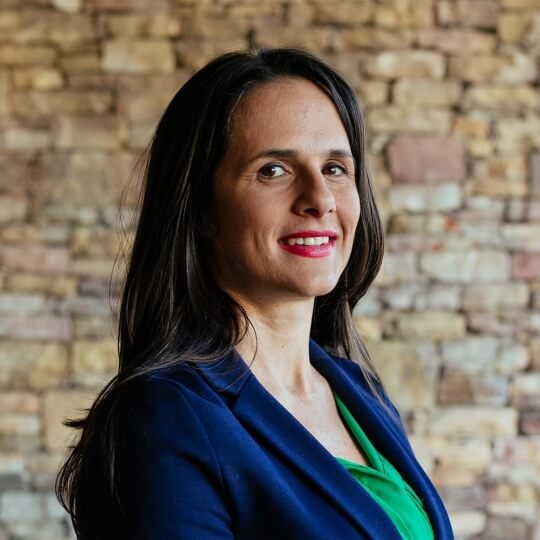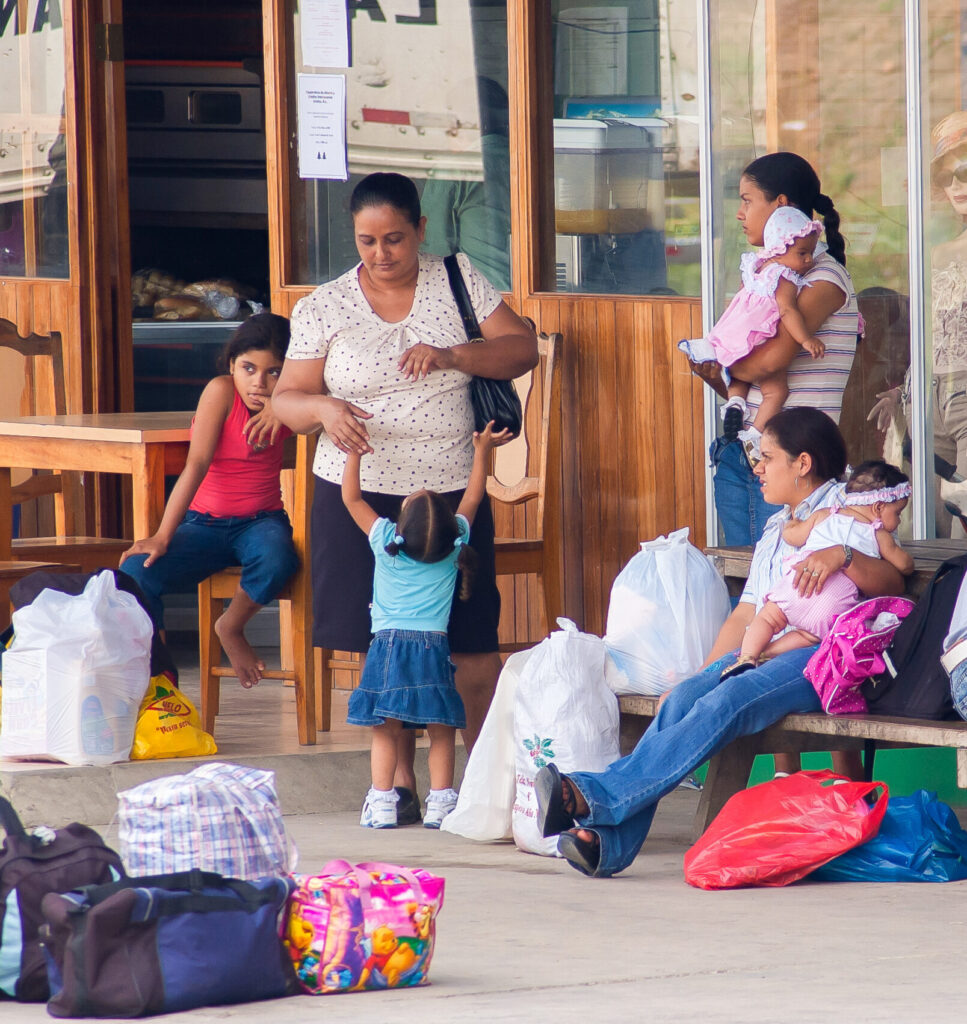We’ve identified the problem: Microfinance is no longer sexy. It’s old news. It can’t deliver “impact,” and its effect on alleviating poverty was oversold and has underwhelmed. It’s well and good to offer working capital loans, but at the end of the day, the poor need education, health care, water for drinking and irrigation, roofs, and electricity together with a wide variety of financial services. It’s time for investors seeking real innovation to move on to the next big thing that will transform the lives of poor people and save our planet. Never mind microfinance’s decades-long track record of listening to the poor and underserved clients and effectively developing products and services based on their needs.
Of course, we issue these statements with considerable sarcasm. But, all joking aside, industry trends and shifting sentiments are presenting investors with a real question: Should they abandon the reliable and successful platforms and infrastructure that microfinance institutions (MFIs) have built? In turn, MFIs are saddled with the question of whether to stick to what they know best, or instead, to use their platforms to deliver expanded product offerings that increase access to other essential services.
These were among the questions regarding the future of microfinance addressed by 32 microfinance and impact investing participants and analysts from around the world who convened last month, hosted by Lehigh University’s Martindale Center, and sponsored by the Calmeadow Foundation and the Financial Inclusion Equity Council (of which CFI is the secretariat).
In those discussions, there was wide agreement that even as MFIs have commercialized and scaled, they’ve listened to their clients. MFIs have hard-earned advantages in accessing the poor, understanding their needs, and serving as distributors. The path forward is clear: a wider array of services is beneficial to clients, and product diversification remains the siren call of future growth and profitability.
But that widening diversification, while long anticipated, has for the most part been sluggish. Though product data is scarce, services beyond working capital loans and savings products remain a stubbornly small percent of portfolios of large MFIs – no more than 10 to 15 percent. Microinsurance also has enormous growth potential for MFIs, either in partnership or directly, to address the needs of the underserved: the demand is huge, as the vast majority of poor people still lacks access, and commercial insurers tend to be short of good delivery channels to reach most low-income informal sector markets. However, uptake of microinsurance still remains slow.
In short, the waves of diversification into multiple products notwithstanding, microfinance remains at core, credit. A key challenge for the industry, as the conversations at Lehigh highlighted, is that impact investors are gravitating to new opportunities well beyond financial services. They don’t necessarily see MFIs as key to impact investing, yet they struggle with scaling-up in other sectors (alternative energy is a notable exception), due to the lack of sustainable, i.e. investible, institutions. The opportunities are an appetizing smorgasbord: health care, education, affordable housing, solar energy, irrigation for small farmers, potable water, agricultural value chains, and so forth. But none of these match the financial intermediation skill sets of MFIs. What’s more, microfinance and the broader financial inclusion industry remain the largest target of impact investors, by assets under management, in annual investor surveys.
But can MFIs succeed as impact players outside of their core microlending and savings businesses? A few examples give hope.
- Equity Bank in Kenya actively supports education, including through capital improvement and equipment loans for schools, handling payroll for teachers, and special savings accounts for paying school fees.
- BRAC in Bangladesh offers a wide array of client services, run as separate businesses from their huge microfinance business. Among other services, BRAC operates thousands of primary schools for girls, a (stock-exchange listed) bank targeting small businesses, and advisory services for entrepreneurs.
- Pro Mujer offers health care screening and other health care assistance, largely subsidized by their MFI operations.
- Higher Education Finance Fund (HEFF), managed by OMTRIX, Inc. in Costa Rica, has financed MFIs throughout Central and South America to develop higher education loans for students. HEFF needed to provide significant technical assistance to its MFIs for product development and marketing to get education loans off the ground.
- Caspian Impact Investment Advisers, a private impact fund manager focused on socially responsible businesses in India, helped develop the nascent affordable housing market in India by making investments in affordable housing providers as well as by supporting the microfinance institutions in their portfolio, like Equitas and Ujjivan, to expand into housing loans.
- Pamiga Association, which provides technical assistance and financing to a network of 12 rural MFIs in East and West Africa, offers loans through its finance company to its network MFIs for solar energy and water for irrigation. Over the past few years, it has become clear that to do so successfully Pamiga will also need to offer financing to SMEs that can go the “last mile” and install, maintain, and offer installment payment systems (pay-go) to their clients.
There is clearly no one way to address product diversification. Subsidies, commonly seen as anathema to “investing”, may be necessary in the initial stages to incubate product offerings till they become sustainable. If investors and donors push to expand impact investing beyond alternative energy and microfinance, whether in education, health care, housing, or agricultural value chains, they will need viable institutions with adequate capacity to do so. A main lesson from microfinance is that targeted subsidies are a good way to build such institutional capacity. For those MFIs with the institutional capacity and financial sustainability to get there, targeted donor subsidies for technical assistance to build capacity for product diversification within the MFIs makes good sense. At the same time, there remains a need for like-minded investors to continue supporting successful microfinance business models because they have a proven track record and an unparalleled understanding of the needs of the poor and disenfranchised populations they serve.
The next post in this series will explore digital financial services.
For video recordings of the Martindale Center event discussions, click here.












